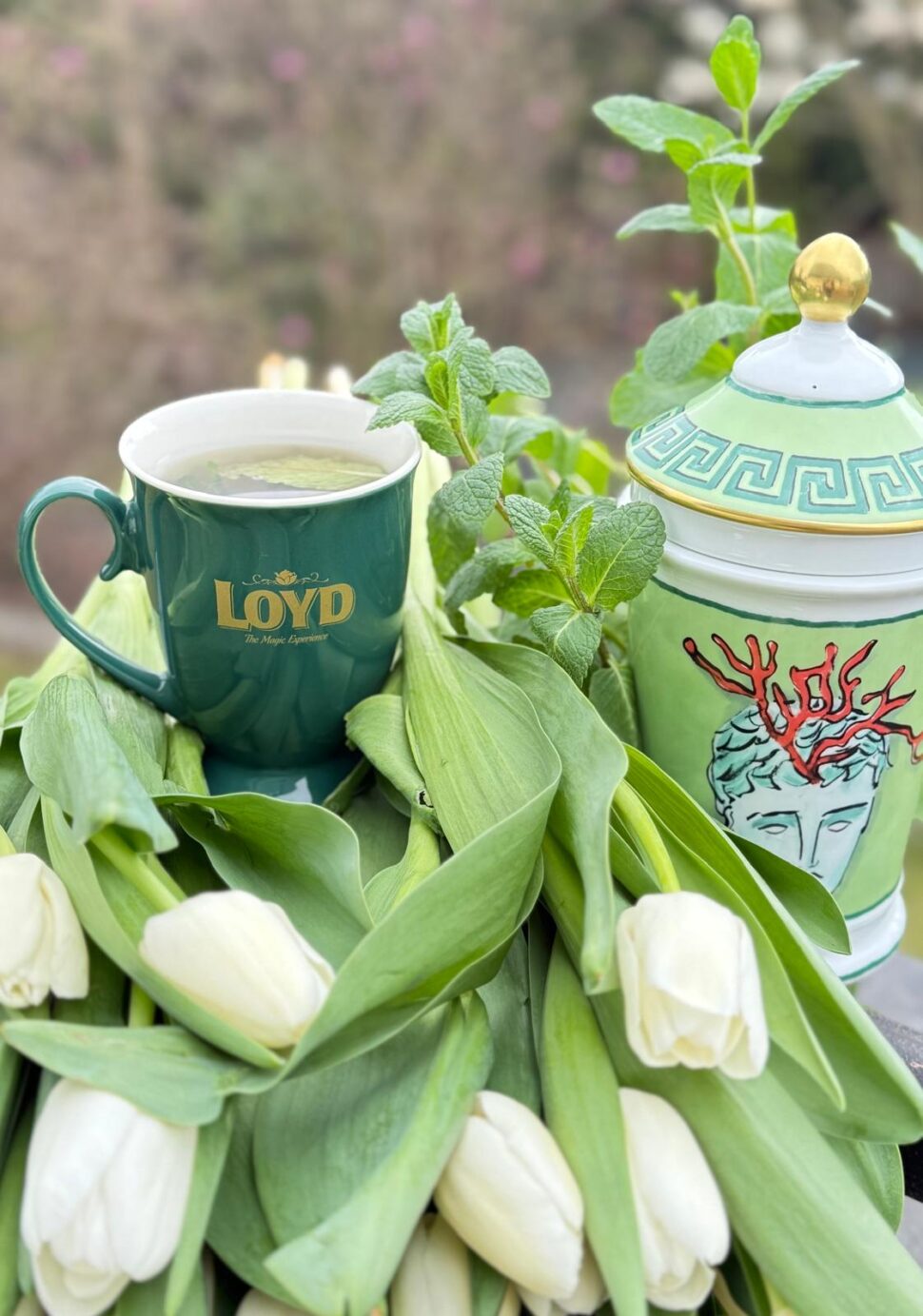lifestyle
Mint – refreshment and health in a single leaf

Summer would be unbearable without green mint leaves! It refreshes, quenches the thirst, stimulates the mind and clears the air… even of bad energy.
The history and mythology of mint
The name ‘mint’ (Mentha) derives from Greek mythology and is linked to the fate of the nymph Mintho (Mente, Menthe), who was the mistress of Hades, the ruler of the Underworld. Persephone was jealous of her husband’s affections and decided to kill her. However, Hades wanted to save Mintho from suffering and so he turned her into an aromatic plant. The myth does not say whether Mintho liked the metamorphosis, but people certainly benefited from it.
In ancient Rome, mint was a symbol of reason and intellect. Pliny the Elder wrote that its scent stimulated the mind, which is why Roman schoolchildren wore garlands of fresh mint leaves on their heads. In those days, mint was also used in medicine to relieve migraines and digestive problems.
The Chinese and Egyptians already knew about mint and used it thousands of years ago, as evidenced by the Ebers Papyrus. The Egyptians also used it to embalm corpses. In the Middle Ages, mint became a valuable ingredient in Arab medicine – it was recommended by the Persian physician and philosopher Avicenna himself.
Although mint has been known for centuries, the peppermint variety we use today only appeared in England about 350 years ago. It was created as a spontaneous cross between watermint and spearmint, and quickly gained popularity in Europe.
Does mint really cool us down?
Does chewing a mint leaf make you feel pleasantly cool? This is thanks to menthol – a key ingredient in peppermint. Menthol tricks the cold receptors in the mouth and nose, sending a signal to the brain that the body is coming into contact with something cold. The effect? A subjective feeling of refreshment and coolness, even if the ambient temperature does not change.
Composition and properties of mint
These inconspicuous green leaves hide a wealth of valuable ingredients. Mint contains:
– Volatile oils – menthol, menthofuran, menthone, thymol, carvacrol, cineole and others;
– Tannins (6–12%);
– Flavonoids – with antioxidant effect;
– Vitamins – C and A;
– Minerals – iron, calcium, potassium, magnesium;
– Other bioactive compounds – betaine, apigenin, ascorbic acid, ursolic and oleanolic acids.
Thanks to these ingredients, mint has anti-inflammatory, antibacterial, antispasmodic and sedative properties.
Herbal teas – what are they and how are they made?
Herbal teas, also known as infusions, are made from the leaves, flowers and sometimes also the roots of plants. They are drunk for their health-promoting properties as well as their unique taste and aroma.
Herbal teas available in shops are usually made from dried leaves (e.g. mint, lemon balm) or flowers (e.g. hibiscus). Roots (such as ginseng) are less commonly used. You can also make an infusion yourself – just plant some mint, let it grow and regularly collect fresh leaves to brew or dry.
Mint tea – relaxation in a cup
Mint leaf infusions are known for their calming and relaxing properties. Drinking mint tea regularly can help you to:
– fall asleep more easily and improve the quality of your sleep,
– reduce nervous tension and stress,
– relieve headaches and cold symptoms,
– ease digestive problems,
– relieve premenstrual tension.
Although many people confirm these benefits, it is important to remember that there is a lack of sufficient scientific research to clearly confirm all the medicinal properties of mint.
Mint and memory and concentration
Peppermint oil improves memory and concentration – its scent stimulates the brain and increases the ability to absorb information. Inhaling the aroma of freshly brewed peppermint tea can have a similar effect, so it is worth having one before studying or doing intensive mental work.


